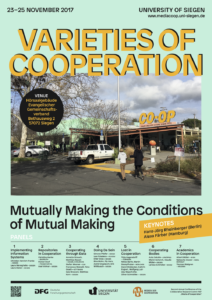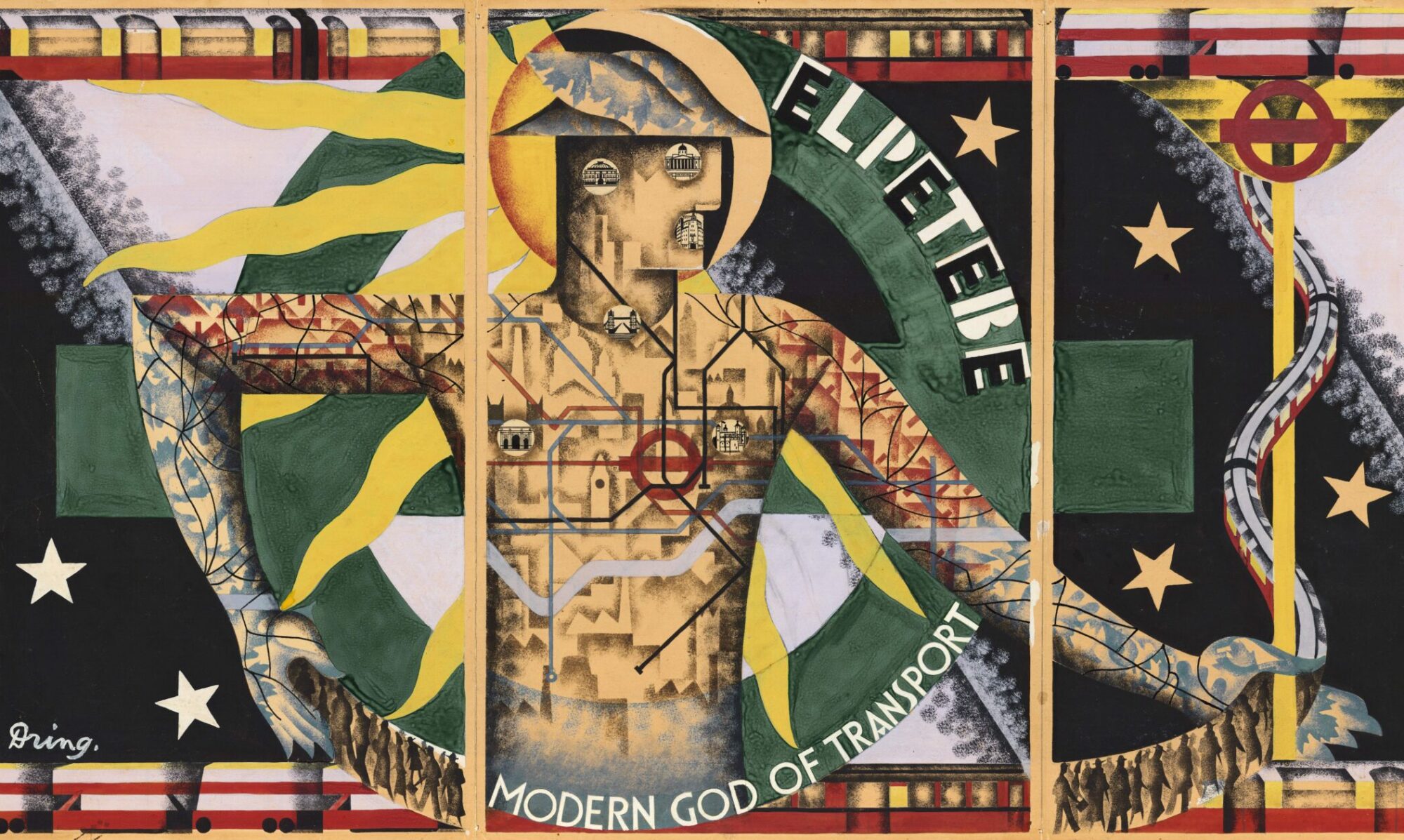 It is my great pleasure to welcome you to “Repositories in Cooperation”. Our panel for “Varieties of Cooperation” developed out of preparatory work for the Collaborative Research Center „Media of Cooperation“, in which we have attempted to refocus and reappropriate Susan Leigh Star’s and James Griesemer’s original notion of the boundary object. Within our 2015 workshop on “The Translation of Boundary Objects” we have started to re-engage with a more specific understanding that returns to Star’s list of four type of boundary objects: repositories, ideal types, coincident boundaries and forms/labels. The results of this have now been published in German as “Grenzobjekte und Medienforschung”, along with a translation of ten seminal texts by Star and her collaborators. As Erhard Schüttpelz has shown in his commentary on “This is Not a Boundary Object” all four types deal with the relation between modularity and extendability, with the relation between “parts” and “wholes”. [1]
It is my great pleasure to welcome you to “Repositories in Cooperation”. Our panel for “Varieties of Cooperation” developed out of preparatory work for the Collaborative Research Center „Media of Cooperation“, in which we have attempted to refocus and reappropriate Susan Leigh Star’s and James Griesemer’s original notion of the boundary object. Within our 2015 workshop on “The Translation of Boundary Objects” we have started to re-engage with a more specific understanding that returns to Star’s list of four type of boundary objects: repositories, ideal types, coincident boundaries and forms/labels. The results of this have now been published in German as “Grenzobjekte und Medienforschung”, along with a translation of ten seminal texts by Star and her collaborators. As Erhard Schüttpelz has shown in his commentary on “This is Not a Boundary Object” all four types deal with the relation between modularity and extendability, with the relation between “parts” and “wholes”. [1]
So maybe the repositorium is kind of a master example and also a case for showing exactly that kind of structural relation between parts and wholes. But it is also the type of boundary object in which practice and modular architecture become kind of inseparable, thus creating varieties of cooperation. As Star herself has put it in her recall in “This is not a Boundary Object”:
“In the original boundary objects article, Griesemer and I suggested four forms that these objects might take, based on particular forms of action and cooperation. […] For example, we suggested that one kind of object, a repository, took the form of a set of modular things. These are things that might be individually removed without collapsing or changing the structure of a whole. A library, for example, or a collection of case studies (as in some parts of medicine, or in the Talmud), is a repository.
A repository of this sort comes from the need for an assembly of things that are conceived iteratively. It has the feature that heterogeneity (internally) across things can be maintained but need not become confrontational. In a repository, the heuristic advantage is the encapsulation of internal units (the pages of a book are bound by covers or electronic conventions; the limits of a Web site by the initial URL).
The instance-based work and information needs, the ontology of the repository are well suited for conducting private investigations (either individually or in small groups), and controlling the nature of commentary or debate. It is not initially a formal sort of a work process (i.e., dropping away particulars) but rather an iterative one (that preserves particulars). Other forms vary, some allowing for shared vagaries, when heterogeneity is smuggled in (in a sense) by individual groups, not mentioning this across groups, but rather quietly allowing the vagueness to float on the virtual table of cooperative work.” [2]
Panel chairs: Cornelius Schubert, Sebastian Gießmann
- Christine Hanke (Bayreuth): Tables and Databases – Multiple Infrastructures of Appropriation and Accessibility
- Florian Hoof (Lüneburg): Standardizing Uncertainty: Digital Streaming Platforms
- Axel Volmar (Siegen) Formats as Media of Cooperation. Some Thoughts on Format Theory
[1] Schüttpelz, Erhard. “Die Struktur der Grenzobjekte.” In Grenzobjekte und Medienforschung, edited by Nadine Taha and Sebastian Gießmann. Bielefeld: transcript, 2017.
[2] Star, Susan Leigh. “This Is Not a Boundary Object. Reflections on the Origin of a Concept.” Science, Technology, & Human Values 35, no. 5 (2010): 601–17, p. 603–04. My emphasis.
